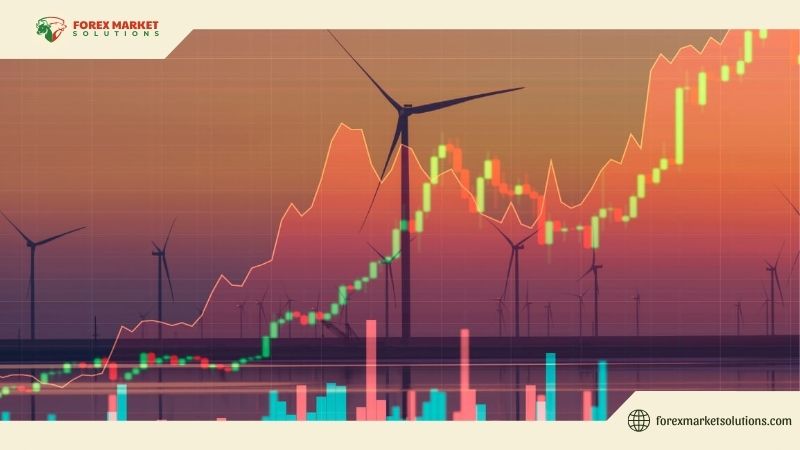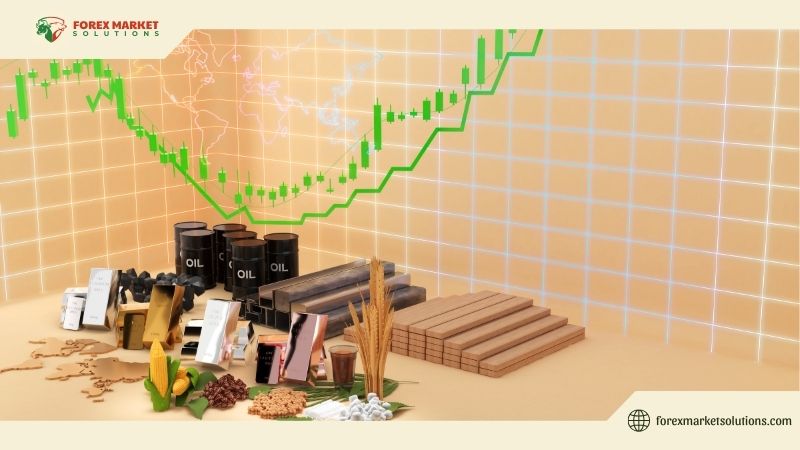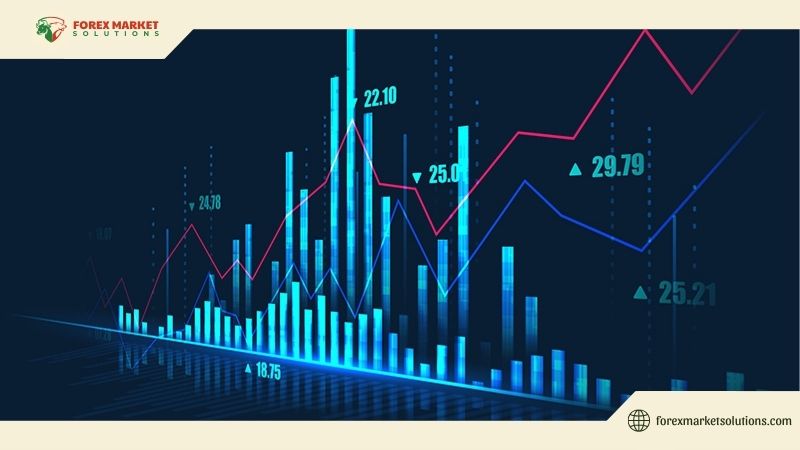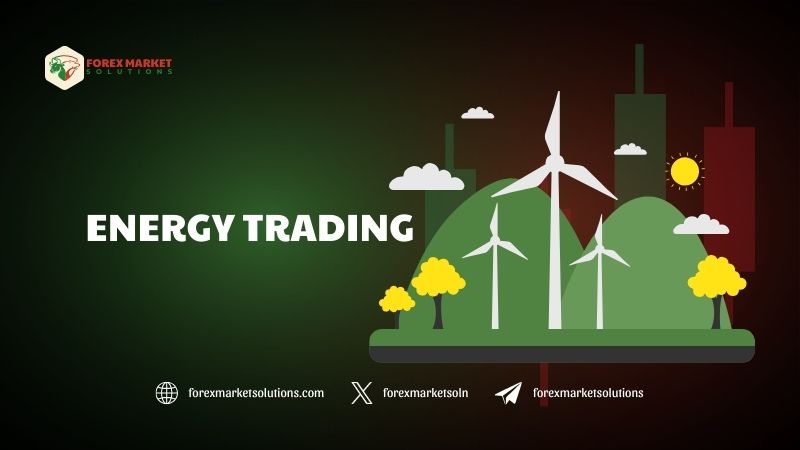The global energy market is a cornerstone of the world economy, influencing everything from industrial production to household expenses. Within this vast sector, energy trading has emerged as a dynamic and lucrative field for investors and traders seeking to capitalize on price fluctuations in commodities like oil, natural gas, and renewable energy. This practice involves buying and selling energy products in physical or financial markets, driven by supply-demand dynamics, geopolitical events, and technological advancements. This article provides an in-depth look at energy trading, its mechanics, strategies, and how traders can navigate its complexities for success.

What Is Energy Trading?
To understand energy trading, it’s essential to grasp its core concept. Energy trading involves the buying, selling, or hedging of energy commodities, such as crude oil, natural gas, electricity, or renewable energy credits, in spot or futures markets. Traders speculate on price movements or secure supplies for end-users, such as utilities or corporations, to manage price risks. The energy market operates globally, with major exchanges like the New York Mercantile Exchange (NYMEX) and Intercontinental Exchange (ICE) facilitating trades.
Unlike Forex or equities, energy trading is heavily influenced by physical factors like weather, production levels, and infrastructure. Financial instruments, such as futures, options, and swaps, allow traders to profit without handling physical commodities. This blend of physical and financial elements makes energy trading a unique and challenging arena, requiring specialized knowledge and strategic planning.
The Importance of Energy Trading in Global Markets
The energy sector powers economies, and energy trading plays a pivotal role in ensuring stability and efficiency. By facilitating price discovery, trading helps markets allocate resources effectively, balancing supply and demand. For example, when oil production surges, traders can sell futures contracts to lock in prices, protecting producers from potential declines. Conversely, when demand spikes, traders can buy contracts to secure supplies for consumers.
Energy trading also mitigates risks for businesses reliant on energy. Utilities, airlines, and manufacturers use hedging strategies to manage price volatility, ensuring predictable costs. For speculative traders, energy trading offers opportunities to profit from price swings driven by events like OPEC decisions, natural disasters, or shifts in renewable energy policies. Its significance in both stabilizing markets and generating returns underscores why energy trading is a vital component of global finance.

Key Commodities in Energy Trading
The scope of energy trading spans a diverse range of commodities, each with unique characteristics. Crude oil, the most traded commodity, is a benchmark for global energy markets, with Brent and West Texas Intermediate (WTI) serving as key price references. Natural gas, increasingly important due to its cleaner profile, is traded heavily in regions like the U.S. and Europe, influenced by seasonal demand and storage levels.
Electricity trading, another growing segment, involves buying and selling power in wholesale markets, often tied to regional grids. Renewable energy credits and carbon allowances are also gaining traction as governments push for sustainability. Each commodity requires distinct strategies, as factors like geopolitics, weather, or technological innovation drive price movements. Understanding these dynamics is critical for success in energy trading.
Strategies for Successful Energy Trading
Navigating energy trading requires a blend of analytical skills and market insight. One effective strategy is fundamental analysis, which involves studying supply-demand factors, such as oil inventories, production quotas, or weather forecasts. For instance, a cold winter might increase natural gas demand, prompting traders to buy futures contracts in anticipation of price rises.
Technical analysis is another powerful tool, focusing on price charts and indicators like moving averages or Relative Strength Index (RSI) to identify trends and entry points. Traders often combine technical and fundamental approaches to make informed decisions, balancing short-term price signals with long-term market drivers.
Hedging is a cornerstone of energy trading, particularly for businesses. By using futures or options, companies can lock in prices, protecting against adverse movements. Speculative traders, meanwhile, might employ spread trading, capitalizing on price differences between related commodities, such as Brent and WTI crude. These strategies, tailored to market conditions, are essential for mastering energy trading.
Risks and Challenges in Energy Trading
While energy trading offers significant opportunities, it comes with inherent risks. Price volatility is a major challenge, as energy markets are sensitive to unpredictable events like geopolitical tensions, natural disasters, or policy changes. For example, a sudden OPEC production cut can send oil prices soaring, catching unprepared traders off guard.
Liquidity varies across energy markets, with crude oil enjoying high liquidity, while electricity or renewable credits may face thinner trading volumes, increasing price swings. Regulatory risks also loom large, as governments impose rules on emissions, market transparency, or speculative trading, impacting profitability.
To mitigate these risks, traders must stay informed and adopt robust risk management practices, such as setting stop-loss orders or diversifying across commodities. A disciplined approach to risk is a hallmark of successful energy trading, ensuring traders can weather market turbulence.

The Role of Technology in Energy Trading
Technology is transforming energy trading, enabling faster, more efficient, and data-driven decisions. Advanced trading platforms provide real-time market data, charting tools, and automated execution, empowering traders to act swiftly. Algorithmic trading, where bots execute trades based on predefined rules, is gaining popularity, particularly in high-frequency energy markets like electricity.
Artificial intelligence and machine learning are also reshaping energy trading. These technologies analyze vast datasets, from weather patterns to geopolitical news, to predict price movements with greater accuracy. Blockchain is emerging as a tool for transparent energy transactions, especially in renewable markets, ensuring secure and traceable trades.
By leveraging these innovations, traders can gain a competitive edge, making technology a critical component of modern energy trading. Staying updated on technological trends is essential for those looking to excel in this field.
Regulatory Landscape of Energy Trading
The regulatory environment significantly shapes energy trading, as governments and international bodies seek to ensure fair and stable markets. In the U.S., the Commodity Futures Trading Commission (CFTC) oversees energy futures and options, enforcing rules on position limits and market manipulation. The European Union’s Markets in Financial Instruments Directive (MiFID II) governs energy trading, mandating transparency and reporting.
Environmental regulations, such as carbon pricing or emissions caps, are increasingly influencing energy trading, particularly in renewable and carbon markets. Traders must navigate these rules to avoid penalties and capitalize on opportunities, such as trading carbon allowances in the EU’s Emissions Trading System.
Compliance with regulations requires diligence and access to legal expertise. Understanding the regulatory landscape is a key aspect of successful energy trading, ensuring traders operate within legal boundaries while maximizing returns.
How to Get Started in Energy Trading
Entering energy trading requires preparation and a clear strategy. Begin by educating yourself on energy markets, studying commodities, market drivers, and trading instruments. Resources like industry reports, webinars, or courses can provide valuable insights into oil, gas, or renewable trading.
Choose a reliable broker or trading platform that offers access to energy markets, such as NYMEX or ICE. Ensure the platform provides robust tools for analysis and execution, with competitive fees. Start with a demo account to practice trading strategies without risking capital, focusing on commodities like crude oil or natural gas.
Risk management is crucial from the outset. Set clear limits on trade sizes and use stop-loss orders to protect against losses. As you gain experience, refine your approach, incorporating both fundamental and technical analysis. These steps lay the foundation for a successful journey in energy trading.

Future Trends in Energy Trading
The future of energy trading is being shaped by global shifts toward sustainability and technological innovation. The transition to renewable energy is creating new trading opportunities, with solar, wind, and hydrogen markets gaining traction. Carbon markets are also expanding as countries commit to net-zero goals, offering traders new avenues for profit.
Decentralized energy systems, such as microgrids, are changing how electricity is traded, with peer-to-peer trading platforms emerging. Meanwhile, advancements in AI and blockchain promise to enhance efficiency and transparency in energy trading, attracting more participants to the market.
Staying ahead of these trends requires adaptability and a willingness to embrace new technologies and markets. Traders who anticipate these shifts will be well-positioned to thrive in the evolving landscape of energy trading.
Seize Opportunities in Energy Trading
The world of energy trading offers a dynamic and rewarding arena for traders willing to navigate its complexities. By understanding the mechanics of trading oil, gas, electricity, and renewables, and employing sound strategies, traders can capitalize on price movements while managing risks. From leveraging technology to staying compliant with regulations, every aspect of energy trading demands knowledge and discipline.
Whether you’re a novice or an experienced trader, the energy market holds immense potential. Dive into this exciting field with the right preparation and mindset. For more expert insights, trading strategies, and market updates, visit Forex Market Solutions. Follow our website today to unlock the tools you need to succeed in energy trading!
